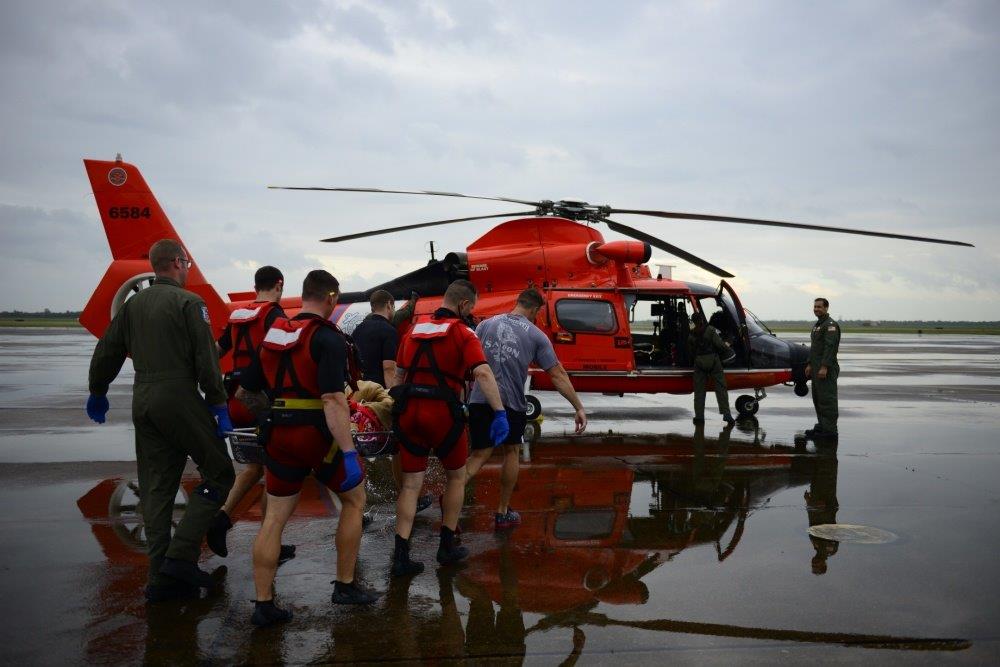How NTIA Ensures Responders Can Communicate During Hurricane Recovery Efforts

Source: United States Coast Guard
The devastation of Hurricanes Harvey, Irma and Maria over the past few weeks triggered a massive response from emergency responders. Thousands of federal personnel have been deployed to the Gulf Coast, Florida, and the Caribbean, including National Guard troops, the Coast Guard and Federal Emergency Management Agency staff, mounting search-and-rescue missions and delivering emergency supplies of food and fresh water.
NTIA’s role in these efforts is ensuring that these responders can communicate with each other and with the various state and local agencies on the ground. After Hurricane Harvey, NTIA’s Scott Jackson and Ron Snider flew to Camp Mabry, Texas, where the Texas Department of Public Safety had set up a command post for its Communications Coordination Group. Jackson heads the Emergency Response Team for NTIA’s Office of Spectrum Management (OSM), and Snider is a telecommunications specialist in OSM and also a member of the Emergency Response Team.
For the next 10 days, Jackson and Snider worked to make sure all of the responders’ wireless radios could link up, communicate and operate without interfering with or disrupting each other’s work. They also helped federal agencies obtain frequency assignments when they needed additional spectrum access to rebuild operational capability or support response efforts.
Jackson has spent years coordinating spectrum interoperability as a representative of NTIA, which manages federal agencies’ use of spectrum. He works closely with state emergency planning authorities and with the Federal Communications Commission, which licenses state and local government wireless systems.
Jackson credits preparation, experience and the relationships he’s built as instrumental to finding solutions as communications issues arise. In one instance, Coast Guard helicopter pilots on search-and-rescue missions in Texas identified a critical need to find people based on street addresses — but they were using standard radios designed for use at sea. Jackson helped connect the Coast Guard with the FCC to coordinate the use of cellphone-based location applications, which are not something the pilots typically would use on an aircraft in flight. This multiagency coordination assisted and accelerated rescue efforts.
Jackson quickly put his Harvey experience to use in early September in supporting the federal response as Hurricane Irma rolled up the Florida coast. His work as a liaison and troubleshooter, making sure that federal, state and local first responders could communicate with each other, helped save lives during rescue and recovery efforts.
Then came Hurricane Maria, which followed Irma’s initial jolt to deliver massive damage in Puerto Rico and the U.S. Virgin Islands. Jackson and Snider have been working with federal agencies to determine how many of their wireless systems have been knocked out on the islands. Some of the most critical federal systems are remote and were cut off from road access. In one case, U.S. Marines have had to hack their way through dense forest to get to a communications tower in order to begin repairing it.
Spectrum-enabled technologies are key to the federal government’s response to hurricanes and other emergencies and natural disasters. NTIA’s role grants a unique view into the value and versatility of spectrum, which powers everything from NOAA satellites that track the storms to drones that can guide search and rescue efforts and provide damage assessment. NTIA is pleased to support life-saving missions across the federal government.
